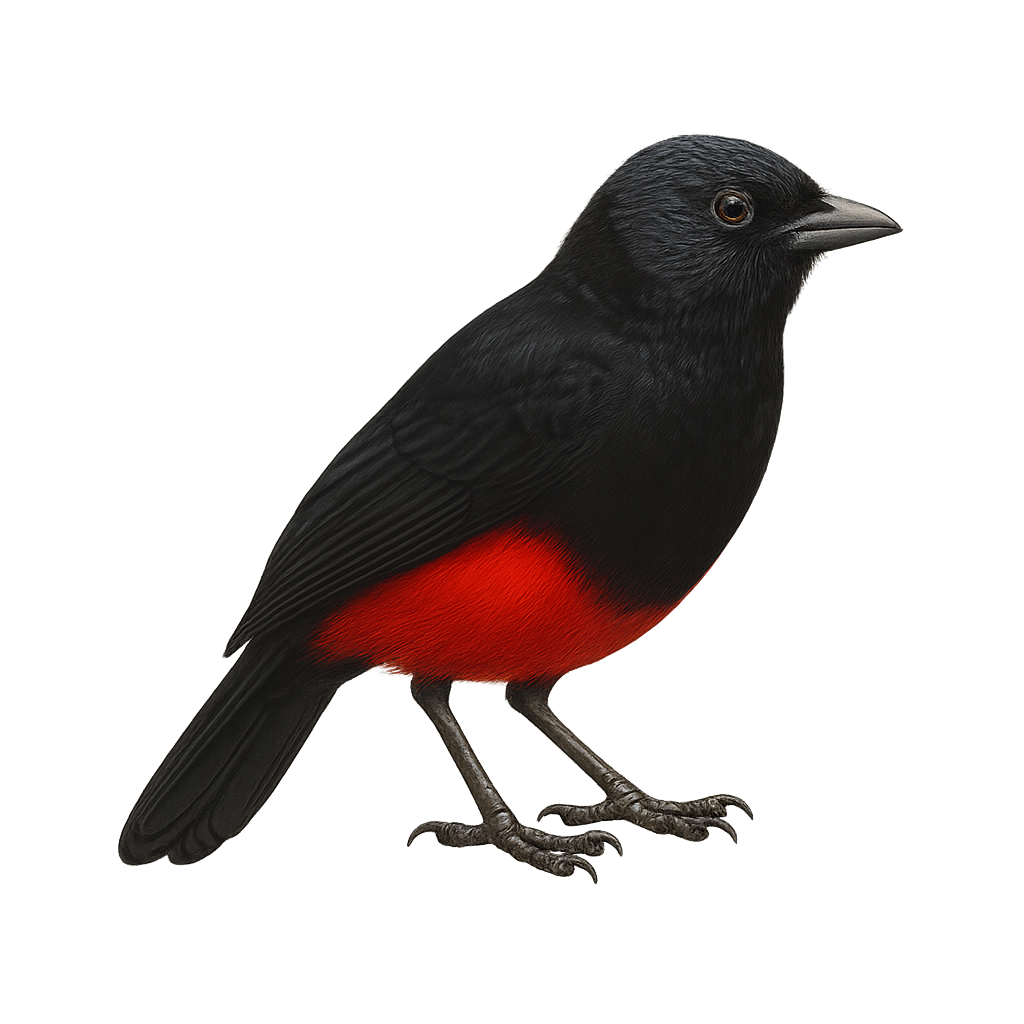Your wildlife photography guide.
Explore the red-bellied grackle in detail, study its behavior, prepare your shots.
Where to observe and photograph the red-bellied grackle in the wild
Learn where and when to spot the red-bellied grackle in the wild, how to identify the species based on distinctive features, and what natural environments it inhabits. The WildlifePhotographer app offers tailored photography tips that reflect the red-bellied grackle’s behavior, helping you capture better wildlife images. Explore the full species profile for key information including description, habitat, active periods, and approach techniques.
Red-bellied Grackle
Scientific name: Hypopyrrhus pyrohypogaster

IUCN Status: Vulnerable
Family: ICTERIDAE
Group: Birds
Sensitivity to human approach: Suspicious
Minimum approach distance: 10 m
Courtship display: March to May
Incubation: 16-18 jours
Hatchings: March to June
Habitat:
Humid forests, montane forests, wooded areas
Activity period :
Primarily active during the day, with peak activity in the morning and late afternoon.
Identification and description:
The Red-bellied Grackle, or Hypopyrrhus pyrohypogaster, is an endemic bird of Colombia, primarily found in the humid forests of the Andes. This medium-sized passerine is notable for its glossy black plumage contrasted by a bright red belly. It typically lives in small groups and feeds mainly on fruits, insects, and small invertebrates. Deforestation and habitat fragmentation are the main threats to this species, classifying it as vulnerable according to the IUCN. Conservation efforts focus on habitat protection and raising awareness among local communities about the importance of preserving this unique species.
Recommended lens:
400 mm – adjust based on distance, desired framing (portrait or habitat), and approach conditions.
Photography tips:
To photograph the Red-bellied Grackle, it is advisable to use a telephoto lens of at least 400mm to capture detailed images without disturbing the bird. Look for areas where the bird is active, such as the humid forests of the Andes. Be patient and discreet to avoid scaring it away. The best times for photography are early morning or late afternoon when the light is soft and the bird is more active. Use a tripod to stabilize your camera and achieve sharp images.
The WildlifePhotographer App is coming soon!
Be the first to explore the best nature spots, track rutting seasons, log your observations, and observe more wildlife.
Already 1 431 wildlife lovers subscribed worldwide

